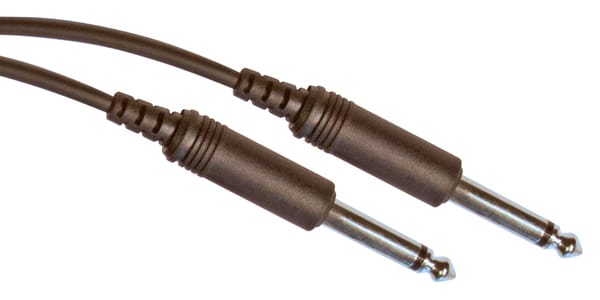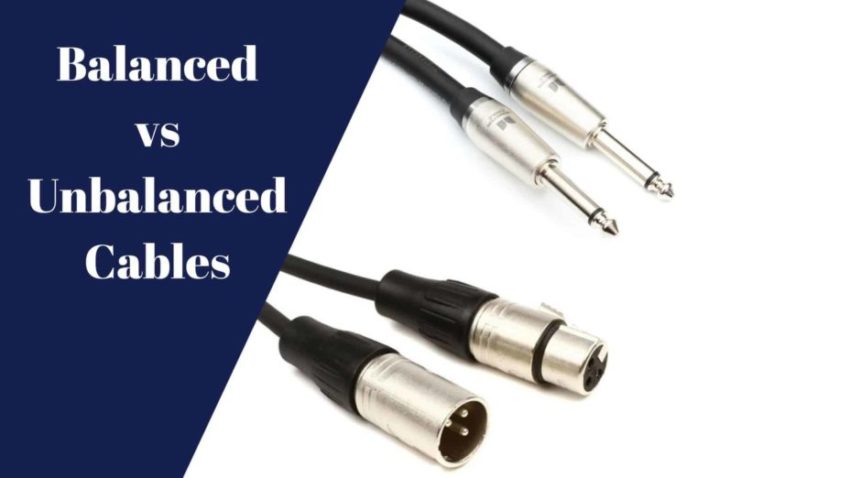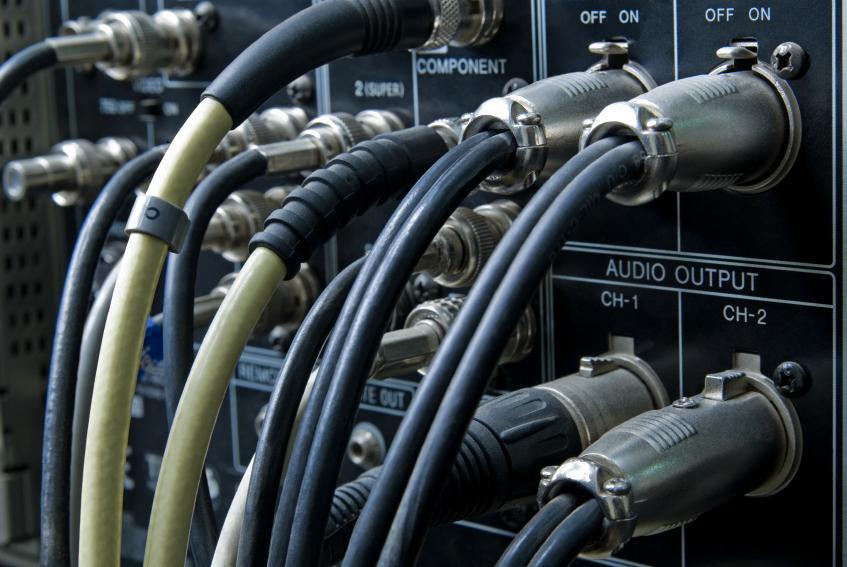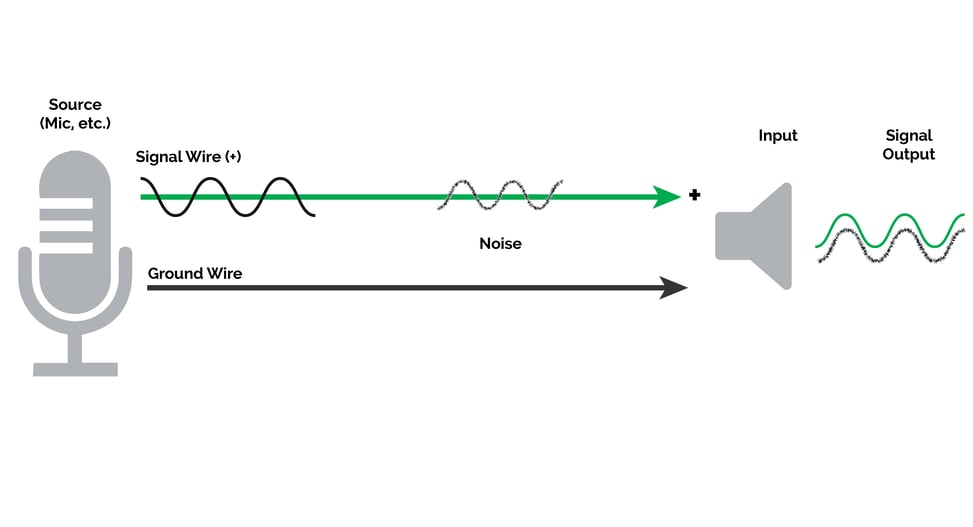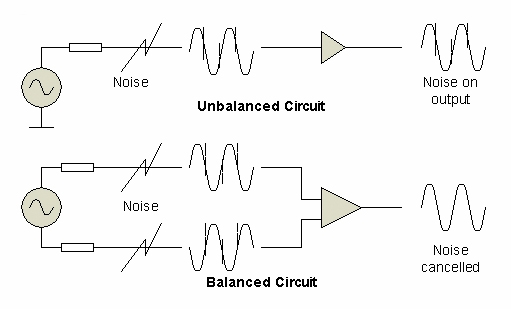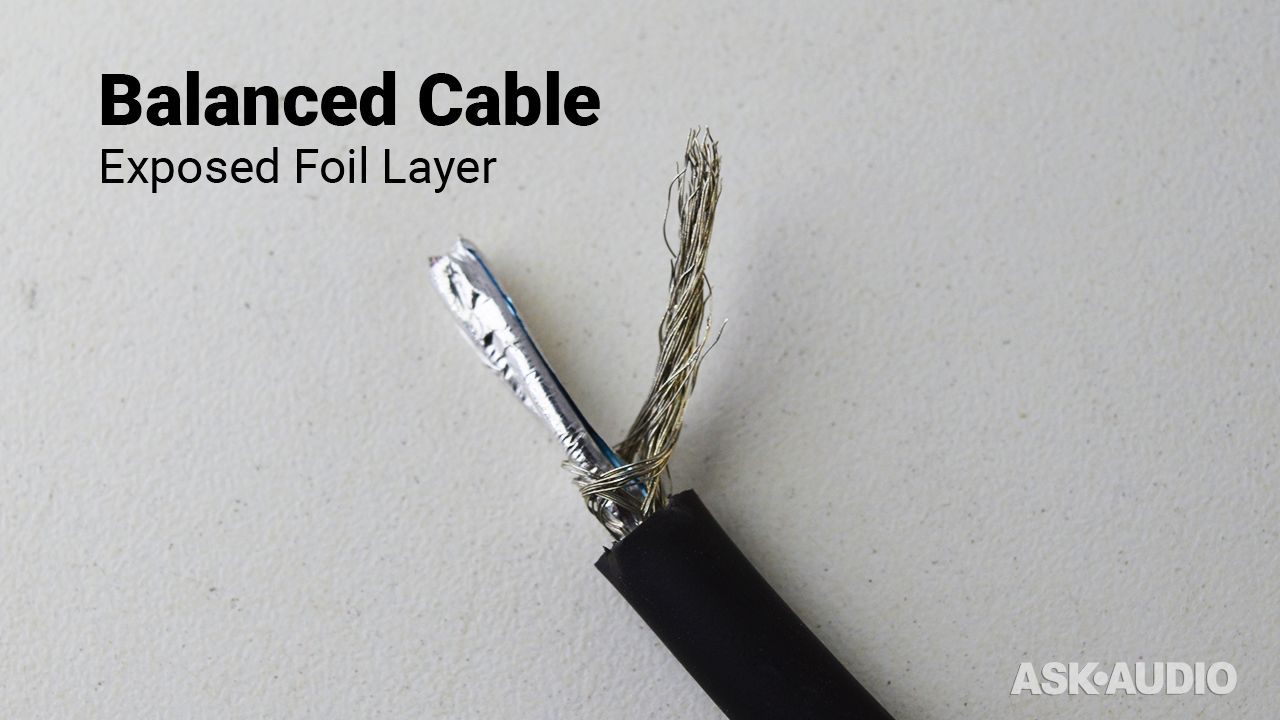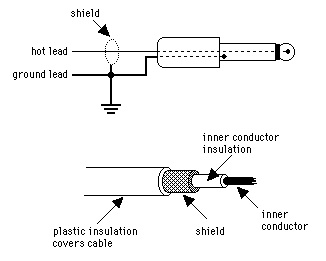Balanced Vs Unbalanced Instrument Cables
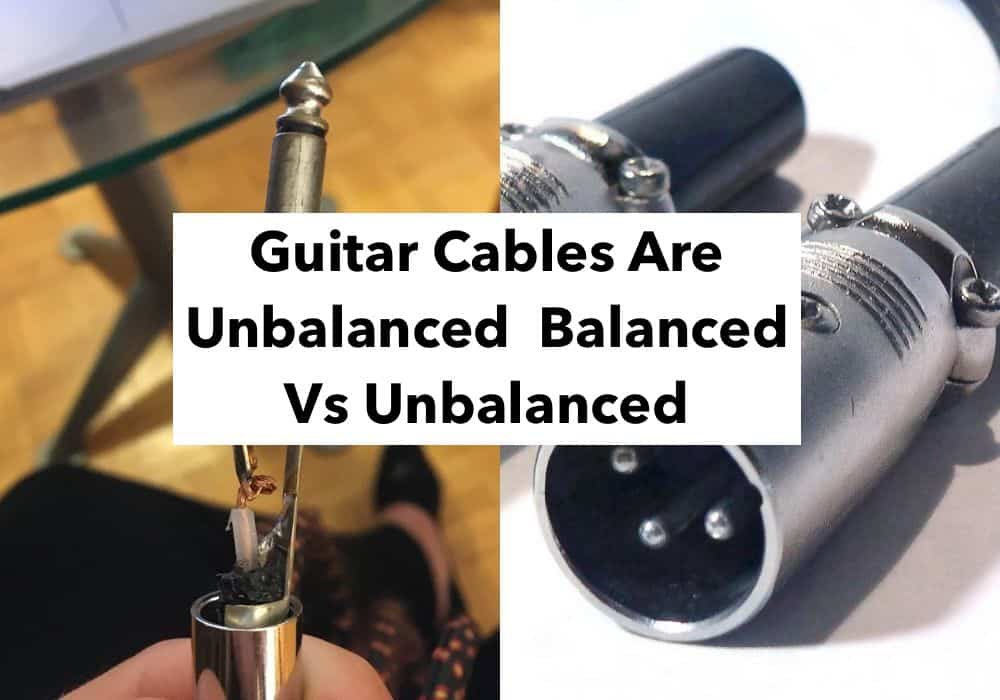
Unbalanced cables aren t good for doing long cable runs for this reason in fact you should be using balanced ones if the cable needs to be more than 10 15 meters long.
Balanced vs unbalanced instrument cables. Henry ott february 07 2005 in discussing the characteristics and performance of various interconnect systems. The 1st conduction is the audio signal itself and the 2nd is a ground and often a shielding. Below is a diagram showing the difference in tips. A balanced audio cable has a ground wire but it also carries two copies of the same incoming audio signal sometimes referred to as a hot positive and cold negative signal.
In truth the main advantage an unbalanced cable has over a balanced cable is the cost. A ground a positive leg and a negative leg. Unbalanced cables by dr. The main difference comparing balanced vs unbalanced cables is a balanced cable has 1 additional conductor.
The diagram above shows how the cable works. A balanced electrical signal runs along three wires. This is especially true if it needs to be used in an environment where there s a lot of lights and other stuff that could cause interference. The structure of a balanced audio cable is similar to an unbalanced cable with one addition.
Any noise picked up along the cable run will typically be common to both legs. The added safety of the balanced cable comes at a cost and even after you make the purchase you still need to pair your cables with. Two points should be kept in mind. Both legs carry the same signal but in opposite polarity to each other.
The ts plugs are our guitar cables and the trs plugs are our 3 5mm aux cables. As you can see there is a big difference between unbalanced and balanced quarter inch cables. The concept of the 3 5 mm tip is the same as a quarter inch.


